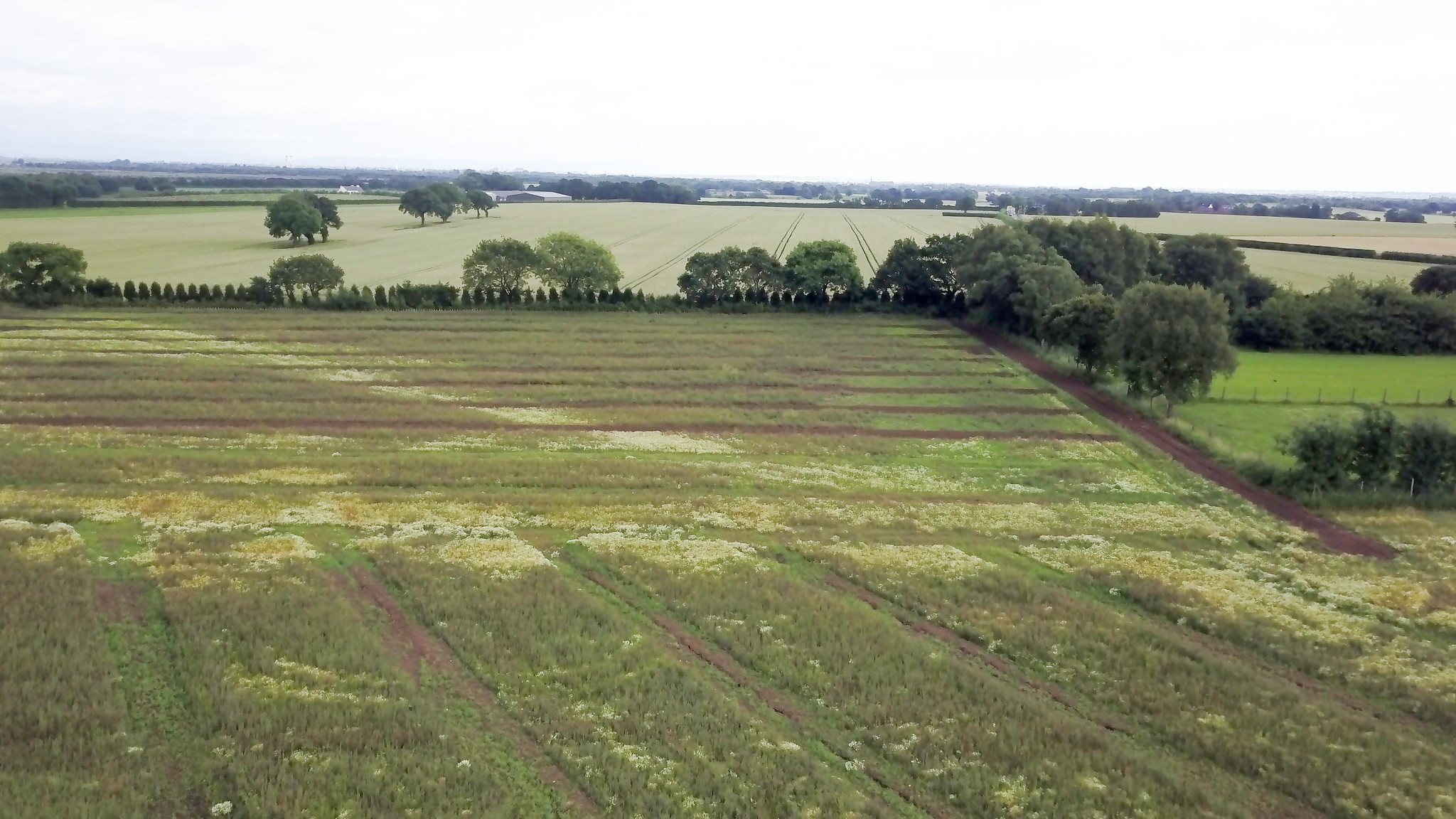So, I know this isn't a particularly new topic but there seems to be a ton of "Best Mavic video settings" tutorials around which often seem to contradict each other. Then a new firmware update appears and seems to nullify those.
Since I got my Mavic I've been playing around the settings, some recommend shooting in D-Log, some in D-Cinelike and there seems to be arguments for using either. I was finding that alot of my 4K footage was blurry yet anything shot in 2.7K seemed fine, so I ran a little experiment and I'm shocked how much difference it makes.
Again, I realise this is probably old news but it surprised me alot since I consider myself a fairly tech able guy,.
Both the following pics are screen grabs of 4K footage shot in D-Cinelike with the Contrast and Saturation set to -1. Only difference between them (aside from the 30 mins or so apart of taking the footage) is that the first pic was from footage shot with sharpness set to -1, the second with it set to 0. I've seen a number of recommendations that -1 for sharpness is good due to to the Mavic's tendency to over sharpen but it seems for me at least not to be the case. Shooting in D-Log with the same settings doesn't seem to make any difference by the way.
 vlcsnap-error580 by Paul Jones, on Flickr
vlcsnap-error580 by Paul Jones, on Flickr
 vlcsnap-error225 by Paul Jones, on Flickr
vlcsnap-error225 by Paul Jones, on Flickr
One thing I will clarify, is that in both cases the drone was hovering and I used centre focus and confirmed it was "in focus".
Conversely, the same settings in 2.7K cause the footage to be massively over sharpened and I have to use -1 on the sharpness for 2.7K.
Again, sorry for the waffle, I was just taken aback at how much difference the -1 made compared to 0.
Anyway, I'll wait to be told this is old news and it's been posted a million times haha
Paul.
Since I got my Mavic I've been playing around the settings, some recommend shooting in D-Log, some in D-Cinelike and there seems to be arguments for using either. I was finding that alot of my 4K footage was blurry yet anything shot in 2.7K seemed fine, so I ran a little experiment and I'm shocked how much difference it makes.
Again, I realise this is probably old news but it surprised me alot since I consider myself a fairly tech able guy,.
Both the following pics are screen grabs of 4K footage shot in D-Cinelike with the Contrast and Saturation set to -1. Only difference between them (aside from the 30 mins or so apart of taking the footage) is that the first pic was from footage shot with sharpness set to -1, the second with it set to 0. I've seen a number of recommendations that -1 for sharpness is good due to to the Mavic's tendency to over sharpen but it seems for me at least not to be the case. Shooting in D-Log with the same settings doesn't seem to make any difference by the way.
 vlcsnap-error580 by Paul Jones, on Flickr
vlcsnap-error580 by Paul Jones, on Flickr vlcsnap-error225 by Paul Jones, on Flickr
vlcsnap-error225 by Paul Jones, on FlickrOne thing I will clarify, is that in both cases the drone was hovering and I used centre focus and confirmed it was "in focus".
Conversely, the same settings in 2.7K cause the footage to be massively over sharpened and I have to use -1 on the sharpness for 2.7K.
Again, sorry for the waffle, I was just taken aback at how much difference the -1 made compared to 0.
Anyway, I'll wait to be told this is old news and it's been posted a million times haha
Paul.










